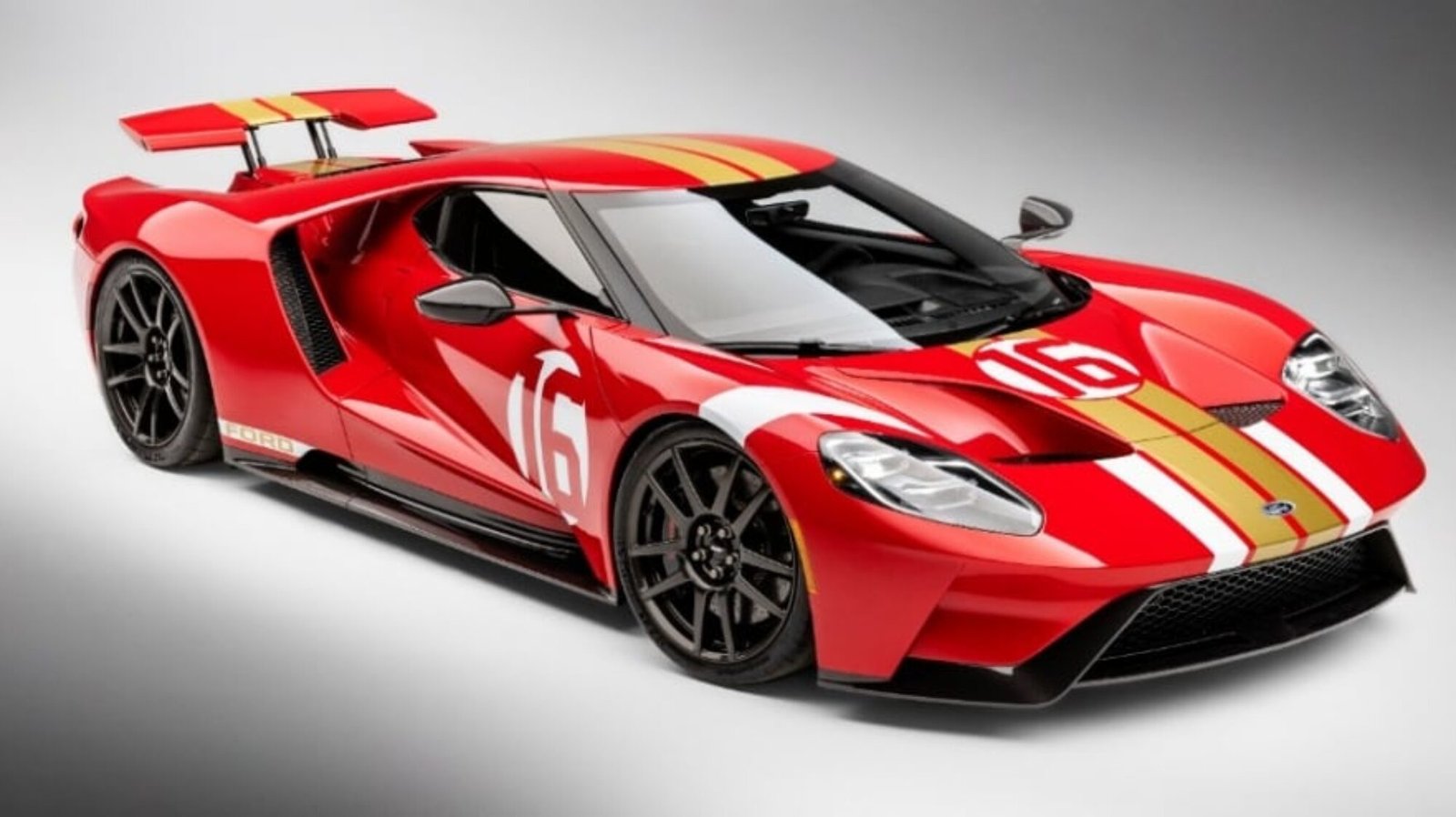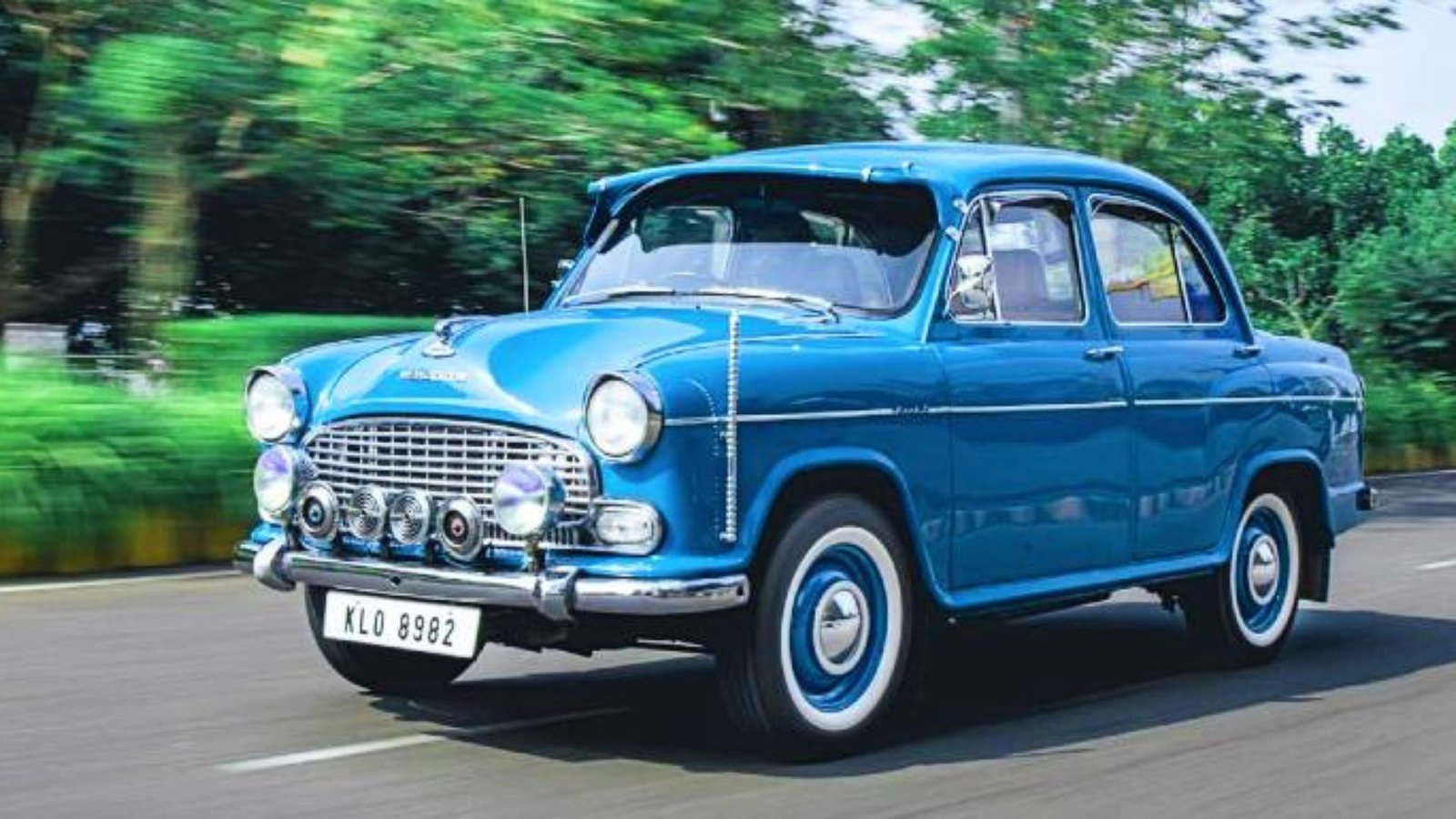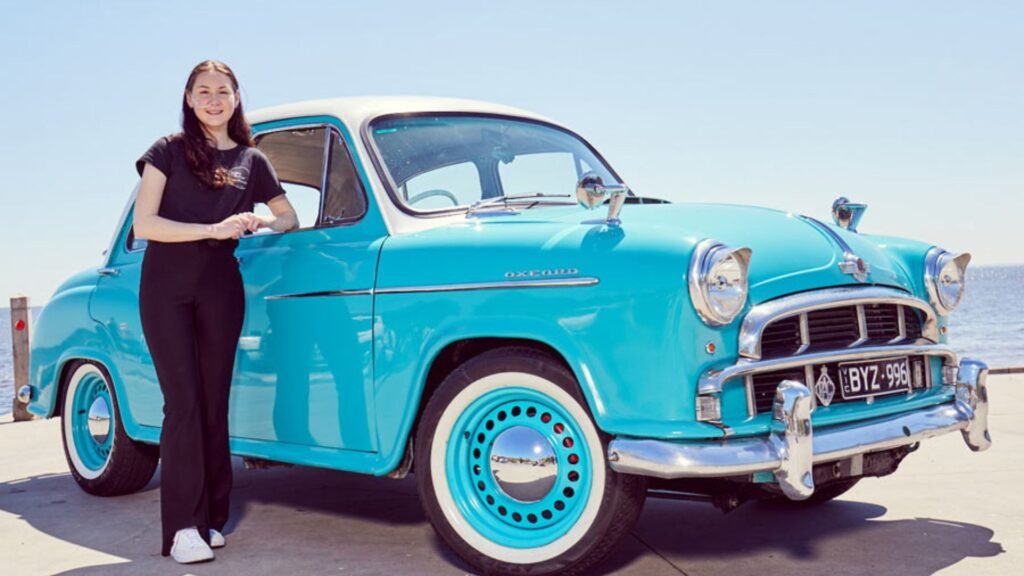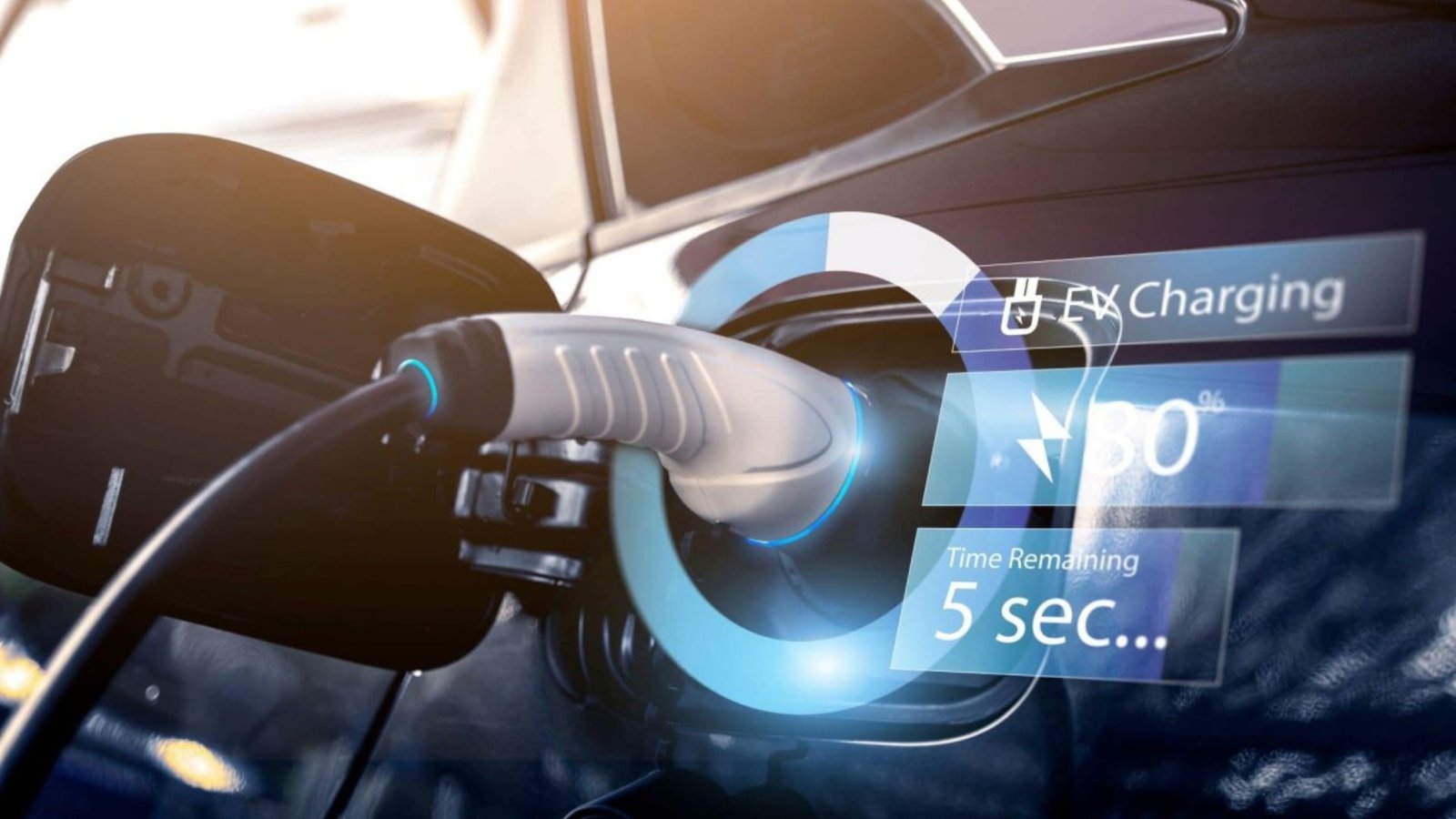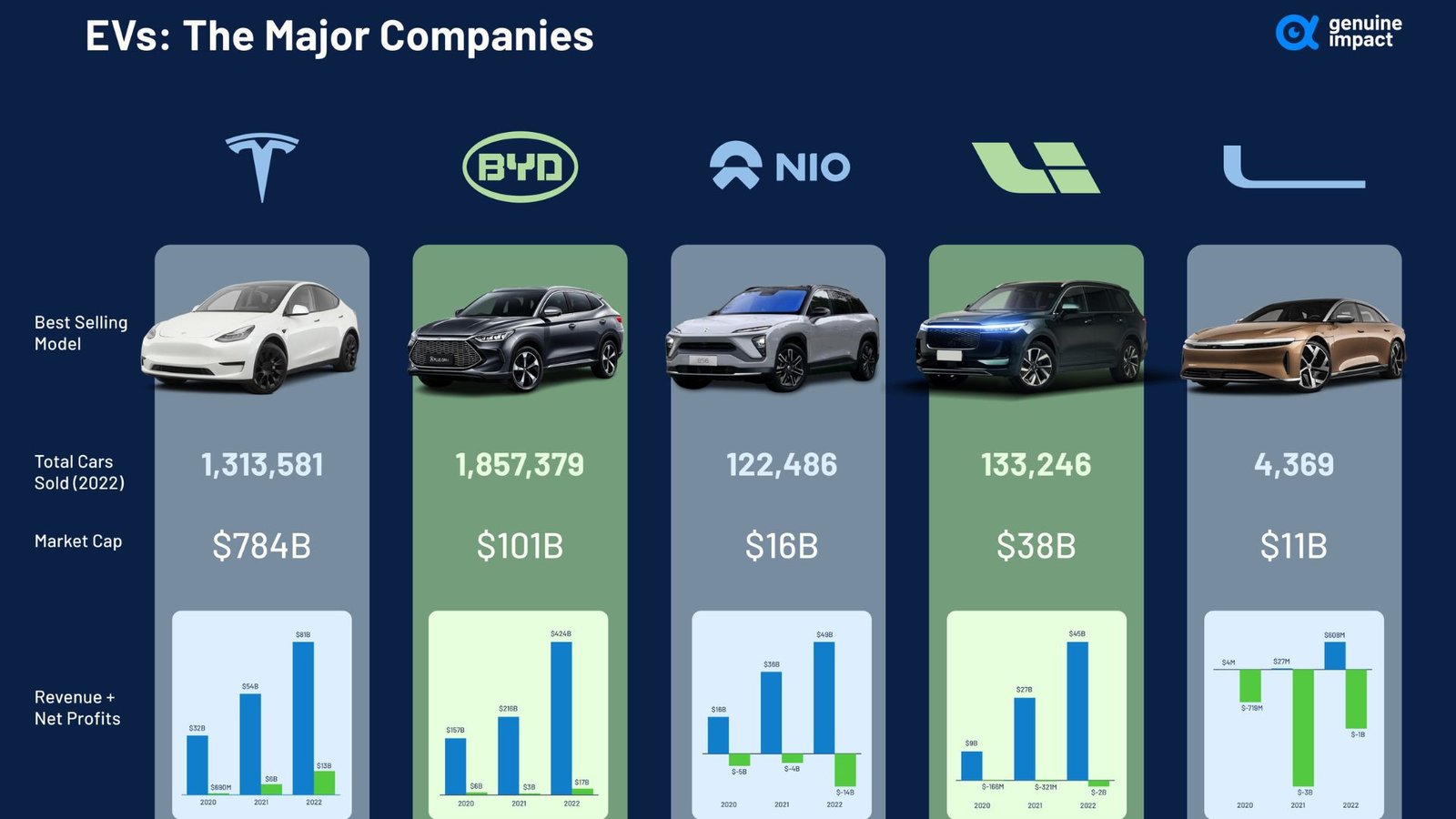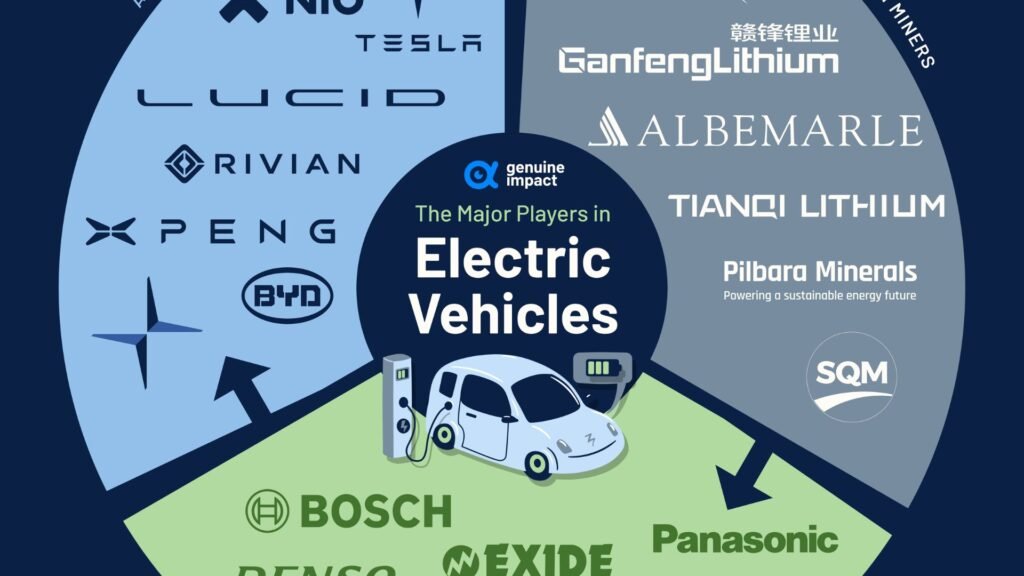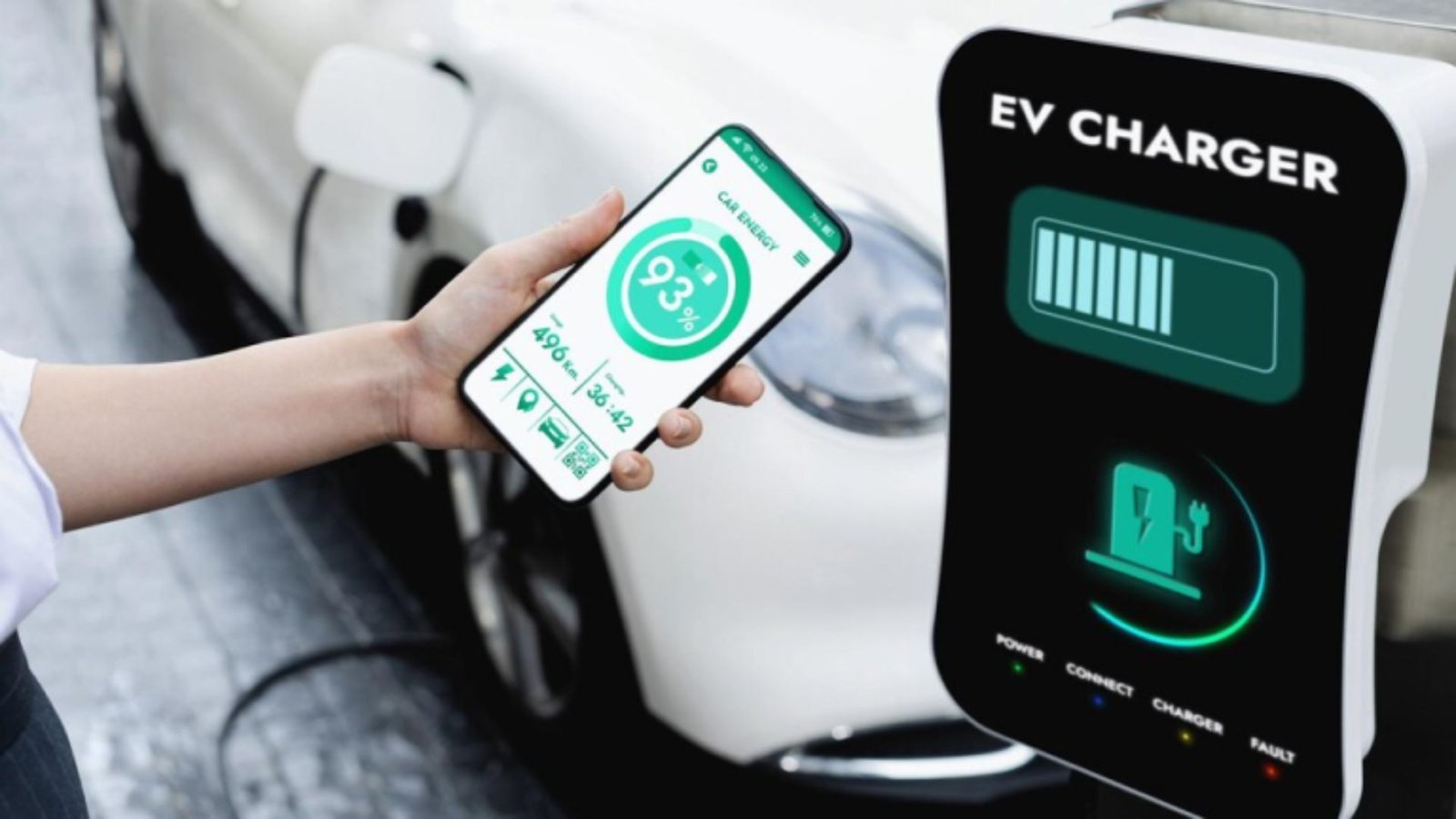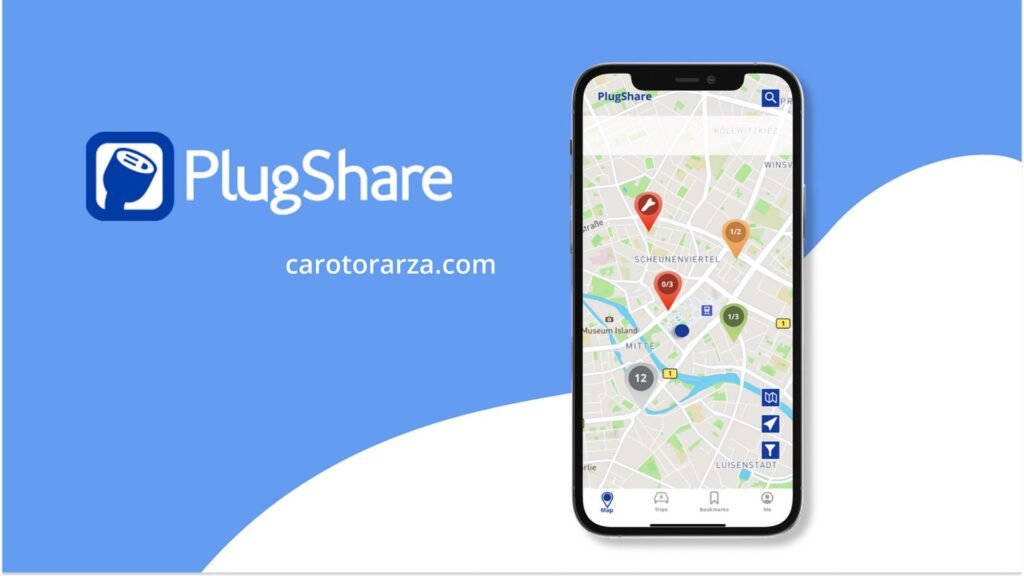Best Vintage Sports Cars Ever Made
If you’re a fan of classic automobiles, then the allure of vintage sports cars is hard to ignore. The best vintage sports cars ever made blend performance, design, and history in ways that continue to captivate car enthusiasts around the world. In this article, we’ll explore some of the most iconic models that have left an indelible mark on the automotive industry. These cars are not only celebrated for their engineering but also for their timeless appeal.
Why Vintage Sports Cars Are So Special
Vintage sports cars stand out due to their combination of style, performance, and engineering. Unlike modern vehicles, these classics were built with a focus on driving pleasure and aesthetic appeal, often with fewer considerations for practicality. They represent a bygone era when car design and performance were driven by passion and innovation. For many collectors and enthusiasts, owning one of the best vintage sports cars is like holding a piece of automotive history.

Top Best Vintage Sports Cars
Let’s dive into some of the best vintage sports cars that have become legends in their own right.
1. 1961 Jaguar E-Type
The 1961 Jaguar E-Type is often hailed as one of the best Classic sports cars ever made. Its sleek, aerodynamic design combined with a powerful 3.8-liter inline-six engine set new standards for sports cars of its time. Enzo Ferrari famously called it “the most beautiful car ever made,” and it’s easy to see why. The E-Type’s combination of elegance, speed, and cutting-edge technology made it a standout model that continues to be celebrated today.
2. 1964 Ferrari 250 GTO
The Ferrari 250 GTO is another iconic model in the list of the best Classic sports cars. With only 36 units ever produced, this car is extremely rare and highly sought after by collectors. Its V12 engine and lightweight design made it incredibly fast and agile, dominating racing circuits in the 1960s. Today, the 250 GTO is one of the most valuable Classic sports cars, fetching record prices at auctions.
3. 1970 Porsche 911 RS
The 1970 Porsche 911 RS represents the pinnacle of Porsche’s engineering prowess in the early 70s. This model is renowned for its lightweight design and its 2.7-liter flat-six engine, which delivered an exhilarating driving experience. With its distinctive “ducktail” rear spoiler and its racing heritage, the 911 RS has become one of the most revered vintage sports cars. Its performance and iconic status make it a beloved model among enthusiasts.
4. 1967 Chevrolet Corvette Sting Ray
The 1967 Chevrolet Corvette Sting Ray is a classic example of American muscle and style. Known for its aggressive looks and powerful engine options, the Sting Ray featured a 427 cubic inch V8 that provided impressive speed and performance. Its split rear window and hidden headlights gave it a distinctive appearance that has made it a favorite among collectors. The 1967 Sting Ray remains one of the best vintage sports cars due to its blend of power and design.
5. 1957 Aston Martin DB4
The 1957 Aston Martin DB4 is another standout in the realm of vintage sports cars. With its elegant design and powerful inline-six engine, the DB4 exemplified luxury and performance. Its refined styling and advanced features for its time, such as disc brakes and a top speed of over 150 mph, made it a formidable competitor in the sports car market. The DB4’s timeless beauty and performance have secured its place as one of the best vintage sports cars.
Tips for Buying Vintage Sports Cars
Research Thoroughly
Before purchasing any of the best vintage sports cars, conduct thorough research. Learn about the specific model you’re interested in, including its market value, common issues, and maintenance requirements. Knowledge is crucial in making an informed purchase.
Inspect Carefully
Always inspect Classic sports cars carefully before buying. Look for signs of rust, check the engine and transmission, and ensure that the car has been well-maintained. Bringing a mechanic who specializes in vintage cars can help you assess the vehicle’s condition more accurately.
Consider Restoration Costs
Keep in mind that restoring Classic sports cars can be costly. Budget for potential restoration and maintenance work, as some models may require significant investment to return them to their original condition.
Conclusion
The best Classic sports cars offer more than just performance—they provide a glimpse into a time when car manufacturers were pushing the boundaries of design and engineering. From the sleek lines of the Jaguar E-Type to the racing heritage of the Ferrari 250 GTO, these cars continue to capture the imagination of enthusiasts and collectors. Whether you’re a seasoned collector or a newcomer to the world of classic cars, appreciating and owning one of these iconic models is a rewarding experience that celebrates automotive excellence.
